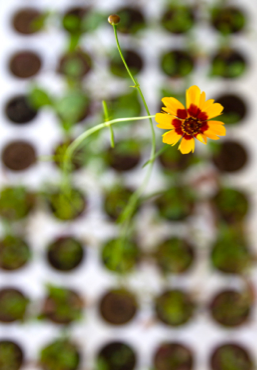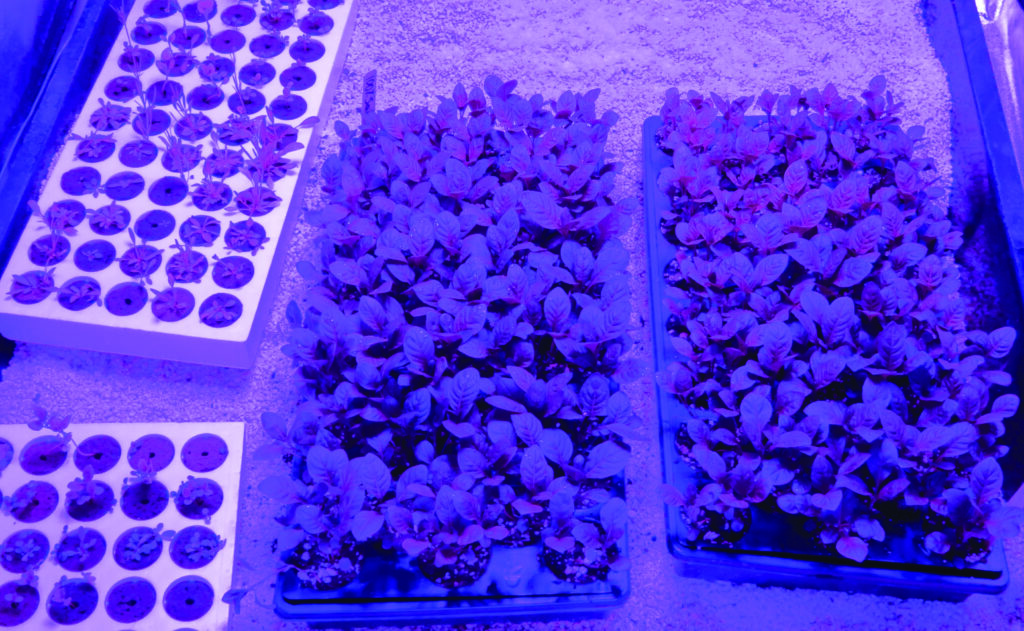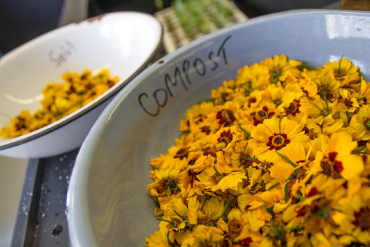From Fabric to Compost & Plants to Dye
AJOY SARKAR | Associate Professor of Textile Development and Marketing
Today textile waste accounts for approximately 6 percent of all municipal waste—and the problem of waste generation and disposal will increase over the coming decades. New approaches are needed for sustainability in the textile and clothing supply chain in order to minimize stress on the environment.
In textile manufacturing, natural colorants show promise in reducing pollution created during the dyeing process, and emerging research in the biodegradation (or composting) of textiles may reduce the amount of waste in landfills. In this research, Textile Development and Marketing Professor Ajoy Sarkar and his colleagues seek to plot a route between these two seemingly disparate solutions. Put simply, composted fabric waste can benefit natural dye plants, thereby addressing both problems.

Coreopsis flower
Ajoy Sarkar is an associate professor of Textile Development and Marketing in FIT’s Jay and Patty Baker School of Business and Technology. He holds undergraduate degrees in chemistry and textile chemistry from the University of Mumbai and MS and PhD degrees in textile sciences from the University of Georgia.

Indigo plants

Coreopsis plants produced more flowers when the soil was fertilized with textile compost
